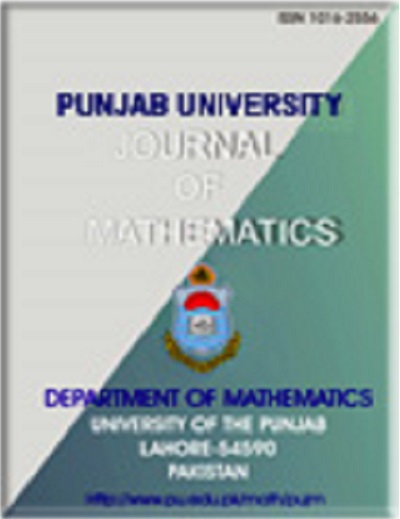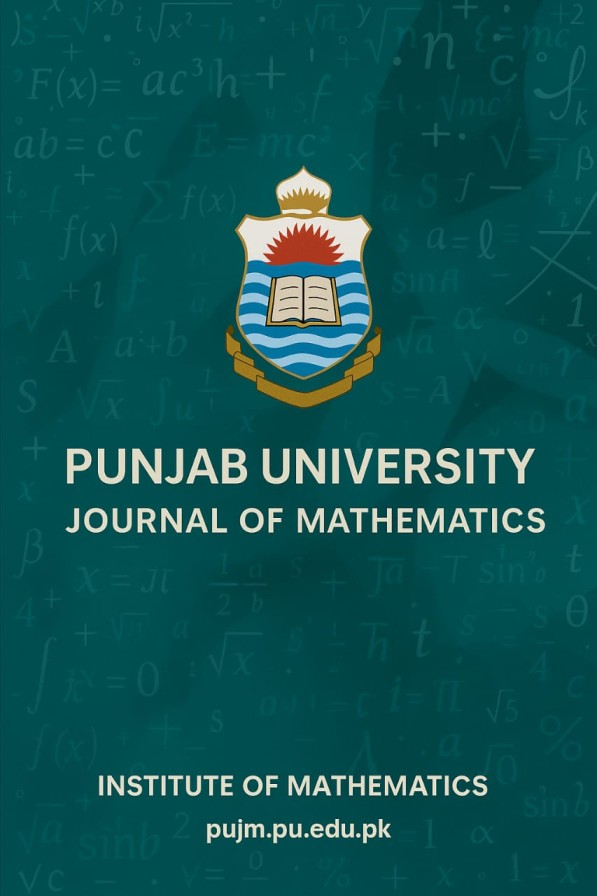Dynamic Analysis of the (2+1)-Dimensional Zoomeron Model Using Advanced Analytical Techniques
Abstract
In this paper, we investigate a nonlinear partial differential
equation (NLPDE) known as the (2+1)-D Zoomeron model. This model
is widely used in fluid dynamics, SONAR (Sound Navigation and Ranging) systems, optical fiber communication, and various other mathematical, physical, and technological fields. The exact solutions are obtained
with the help of two advanced methodologies, the Sardar sub-equation
technique and a new extended algebraic technique, that can offer a variety
of soliton solutions with unique dynamic characteristics. These methodologies are efficient in understanding the complex behavior of the model.
Traveling wave solutions are obtained in the paper with the help of Mathematica software, to explain a sound and effective new mathematical approach. The generated solutions cover a wide range of phenomena. These
techniques give results in the form of plane wave solutions, hyperbolic
solutions, periodic solutions, mixed periodic solutions, shock wave solutions, exponential solutions, and trigonometric solutions. Moreover, to
understand the behavior of the obtained results, draw it in 3D, 2D as well,
and contour from. The research outcomes increase the model’s accuracy
and demonstrate the new concept’s value in learning technical physical
systems. The next study in the domains of theoretical physics and applied
mathematics is made possible by this work.
Downloads
Downloads
Published
Issue
Section
License
Copyright (c) 2024 Alisha Javed, Umair Asghar, Muhammad Imran Asjad

This work is licensed under a Creative Commons Attribution-NonCommercial-NoDerivatives 4.0 International License.



